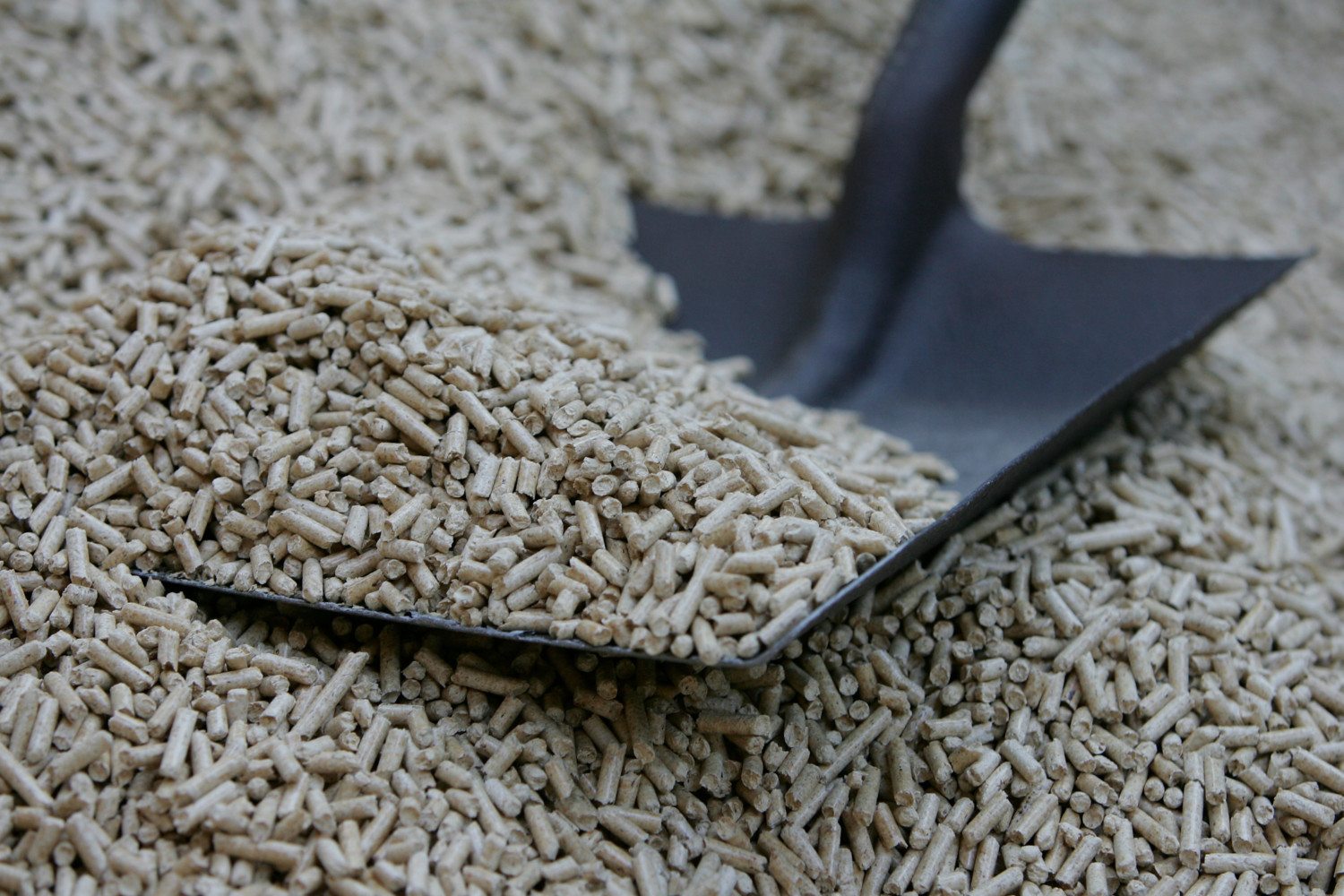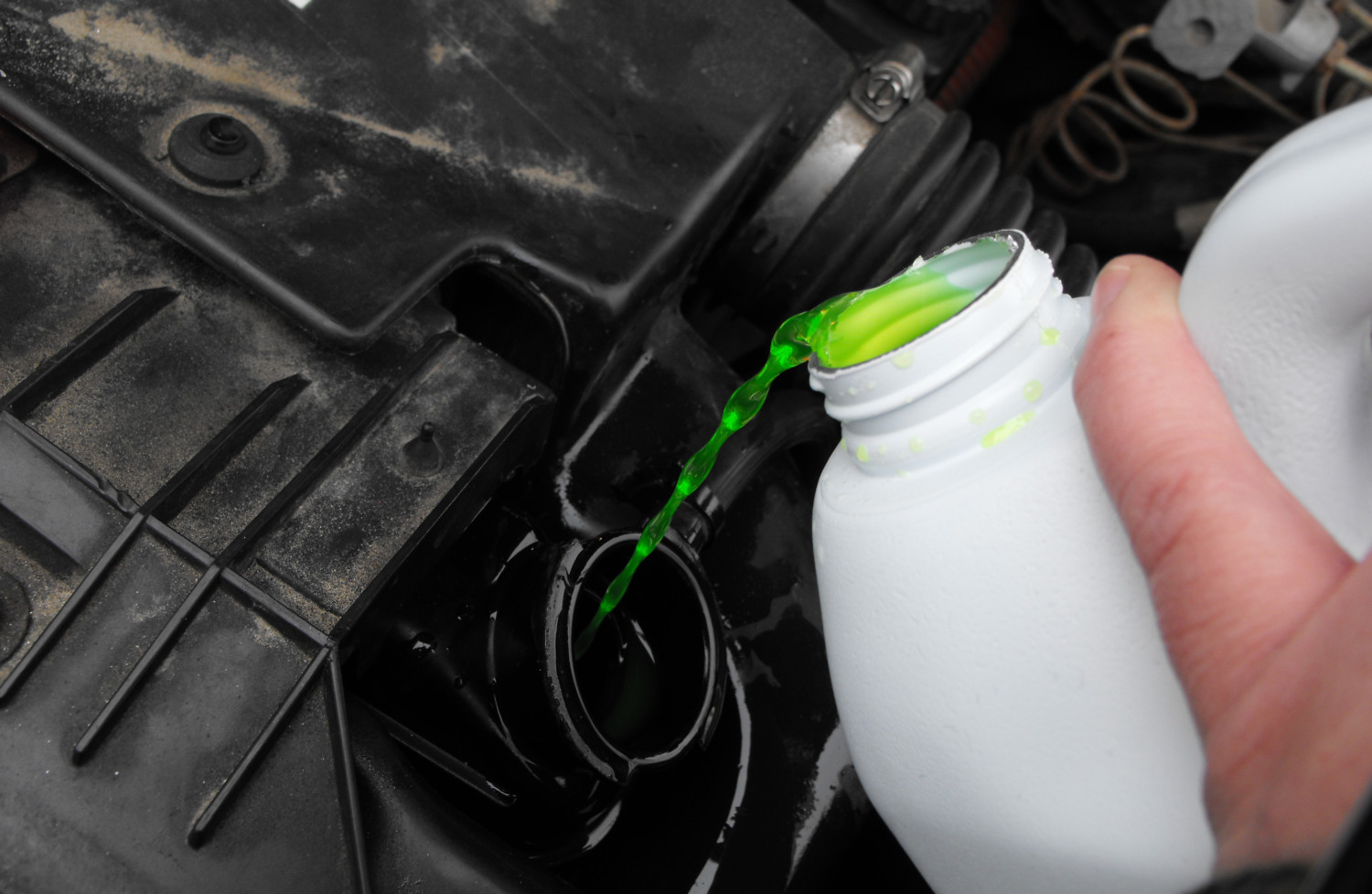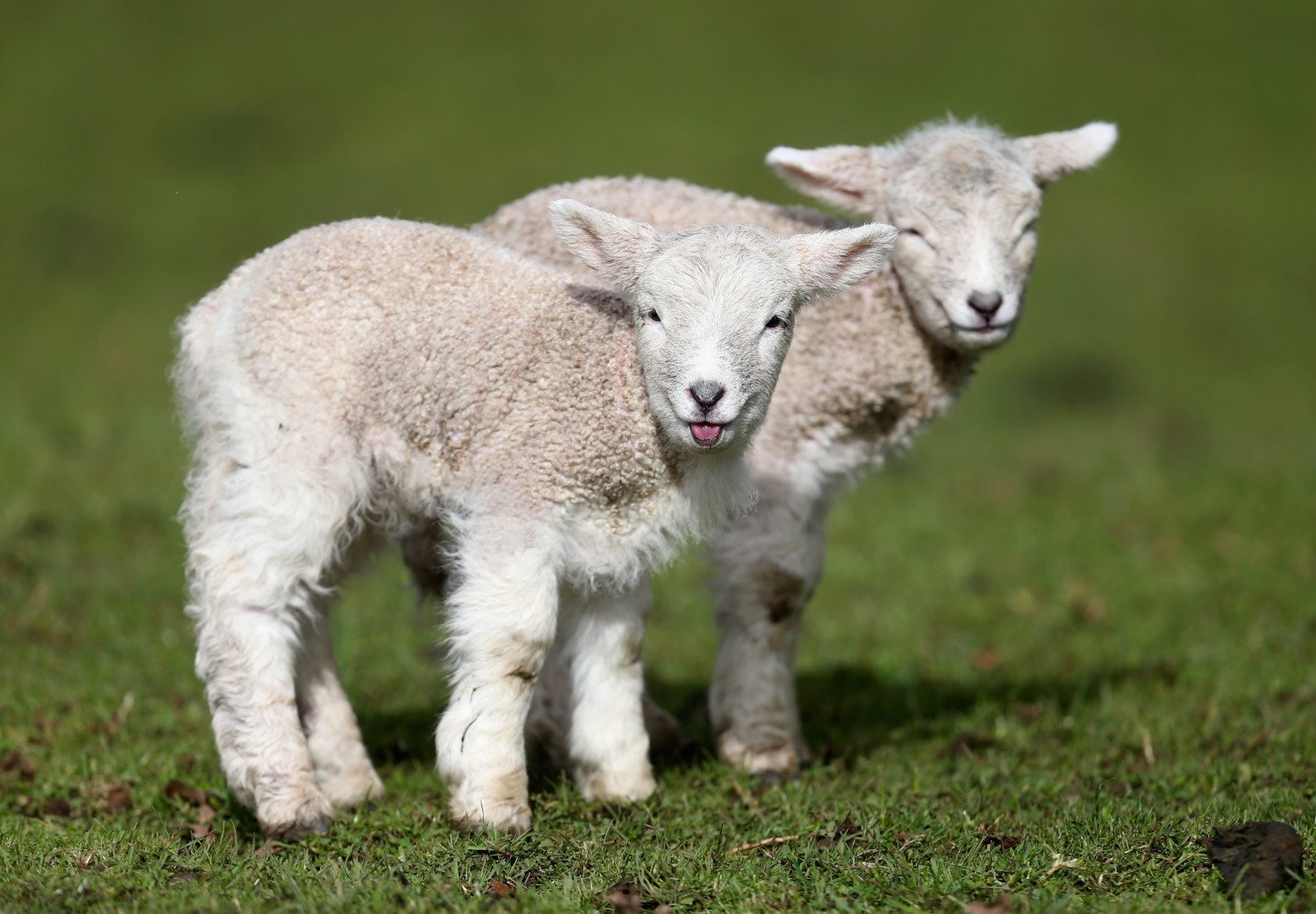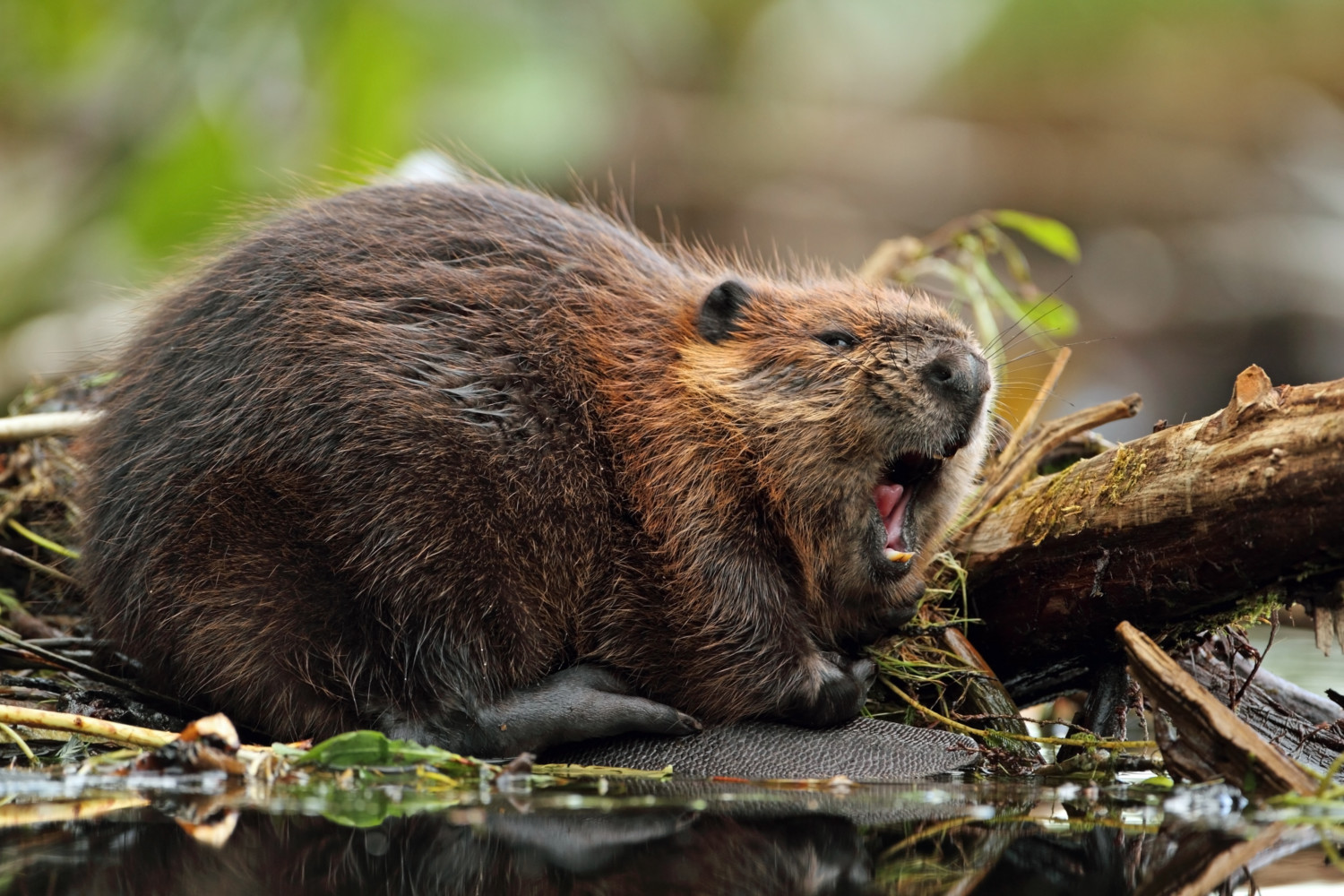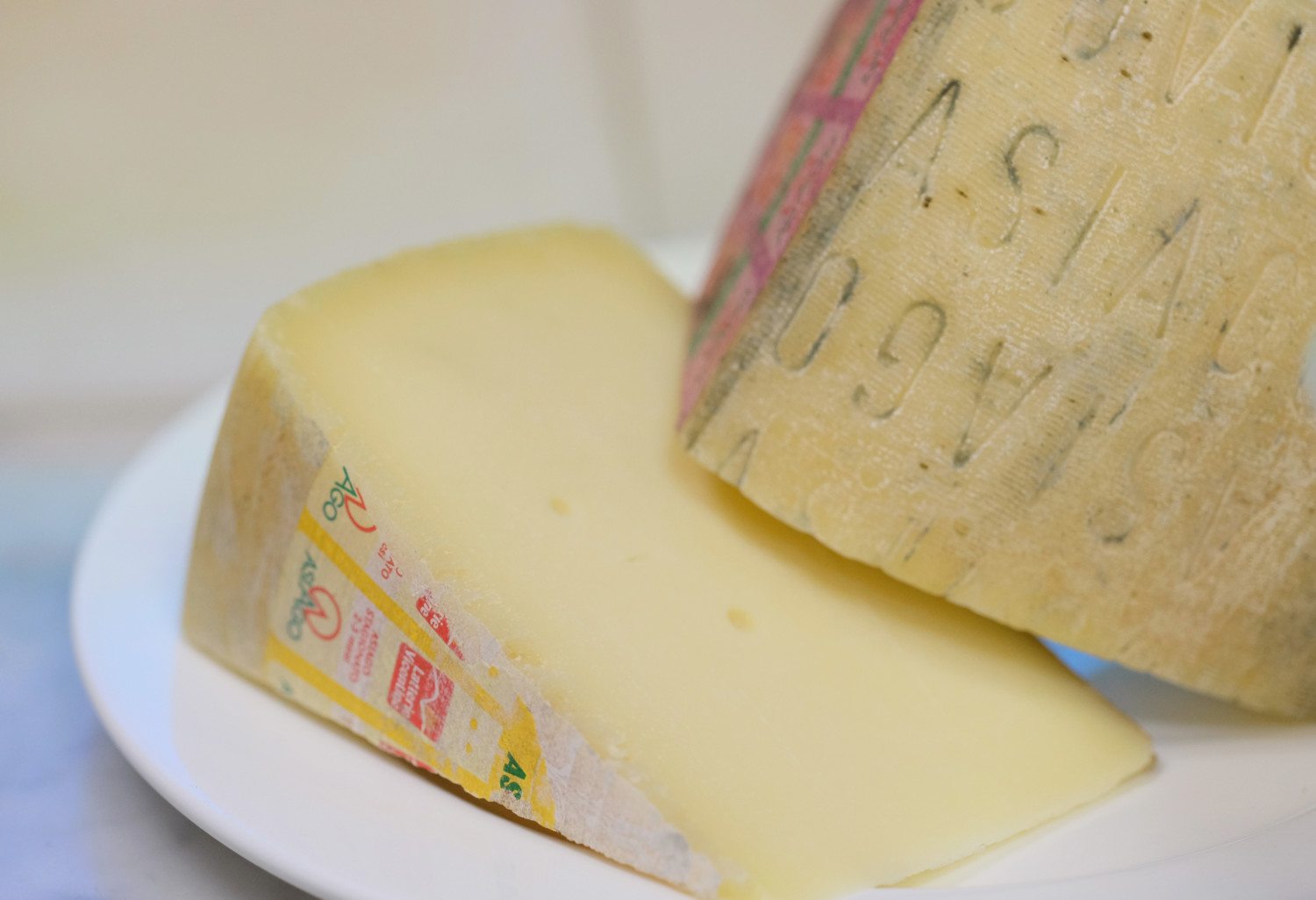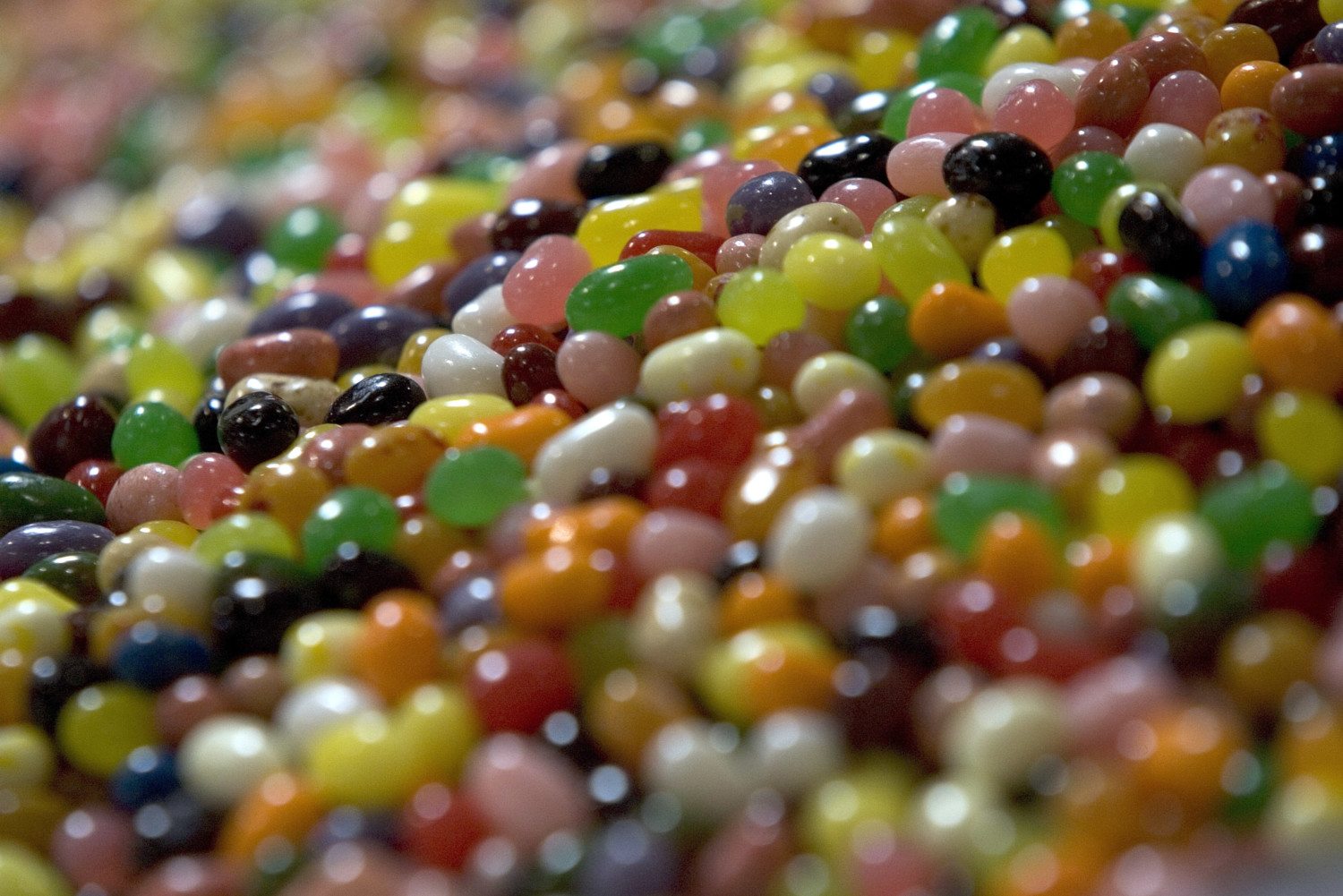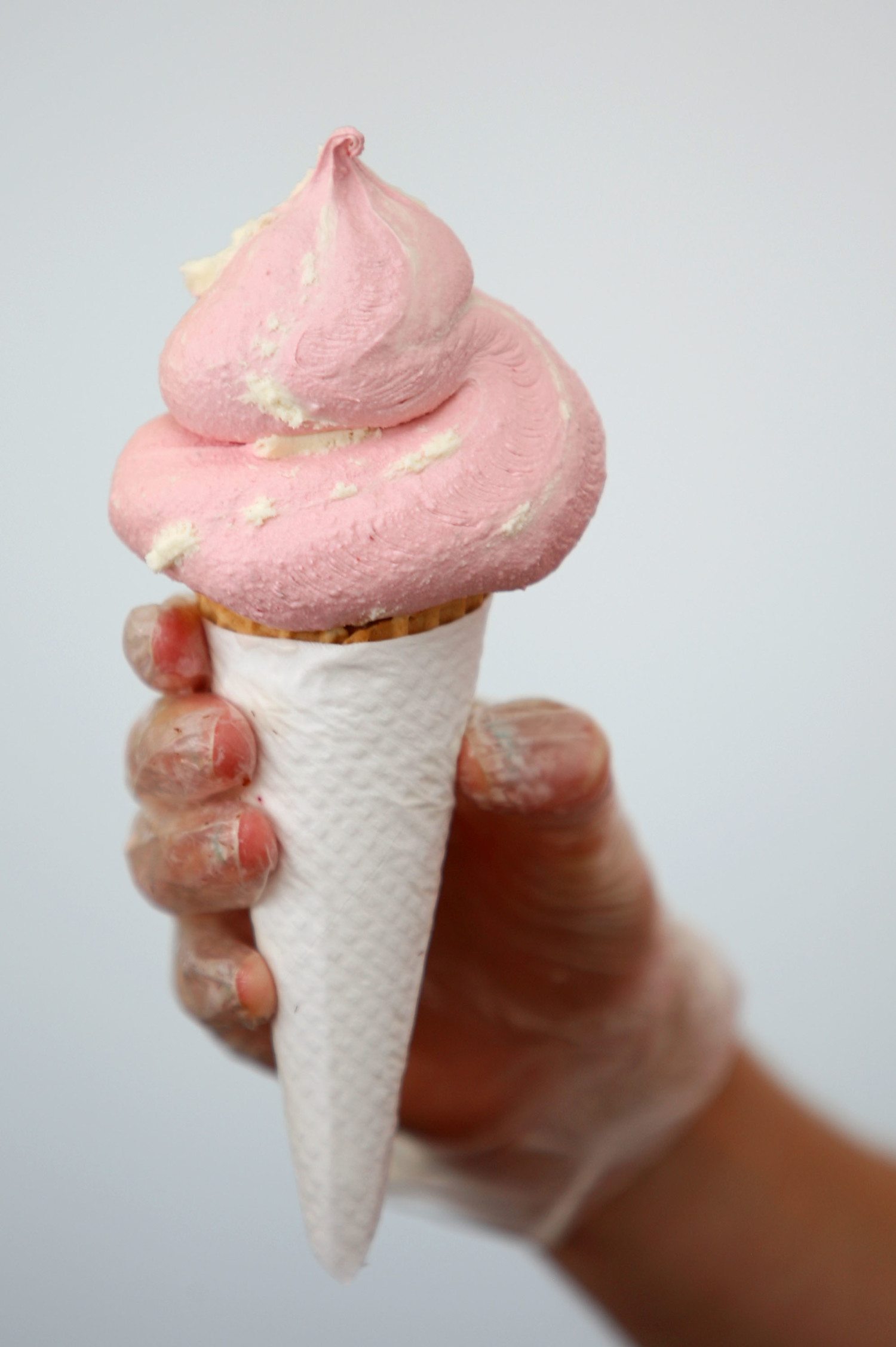10 Gross Ingredients You’ve Unknowingly Been Eating
I see you there, innocently munching away on your favorite snack. Little did you know, there’s possibly some nasty stuff hidden inside.
And while technically the manufacturer did list said gross ingredients on the label, many fillers have names that don’t resemble English, meaning that, often, you have no idea what you’re eating.
Keep reading and learn what to start looking for on those sneaky labels (the video also shares what major fast food chains and foods have these ingredients in them):
1. Cellulose
Sounds innocent enough, right? Turns out cellulose is actually sawdust. Yes, real wood sawdust. As bizarre as it sounds, cellulose is indigestible to humans and provides no calories. Still, manufacturers like to add it to cheese (especially shredded Parmesan), as well as bread and low-fat ice cream. It stops cheese from clumping, keeps ice cream creamy sans fat and adds fiber to bread.
2. Propylene Glycol
Anti-freeze anyone? Propylene glycol is an ingredient commonly found in anti-freeze. It’s also found in soda, baked goods, ice cream and alcohol, presumably to add flavor.
3. Lanolin
This wax-like discharge is created by sheep to prevent water from sticking to their wool. Sounds yummy, doesn’t it? For the most part, it’s in skin care products like lip balm and hand cream, as well as shoe polish and softening products for baseball mitts and horse saddles. However, it’s also found in chewing gum, in order to keep it chewy, so you may very well have chewed on some lanolin before.
4. Castoreum
Next time you eat raspberry or strawberry ice cream, think about how you might be eating something from a beaver’s rear end. Castoreum is an ingredient that comes from a beaver’s anal glands, and has been used to add flavor to certain ice creams. Some flavor-creating alternatives have since been employed, but you never know… Delish!
5. Silicon Dioxide
Otherwise known as sand, silicon dioxide is naturally found on beaches around the globe. But why is it put in food? By absorbing moisture, it helps keep powdered food products like soup, salt and coffee creamer from clumping.
RELATED: Fast Food Workers Share The Things They Would Never Order (Plus Other Tips)
6. Titanium Dioxide
Titanium dioxide is used in toothpaste, paint and, more famously, in sunscreen in order to give these products their whitish tint. However, it’s also found in coffee creamer and salad dressing, also to make them appear whiter.
The chemical is currently under review in France as a banned ingredient after research on rats showed the ingredient does appear to enter the bloodstream via the stomach, that it alters intestinal and immune system responses, and that rats with long-term oral exposure were 40 percent more likely to develop pre-cancerous colorectal lesions.
7. Rennet
Rennet is used in almost every cheese to separate the milk into solid curds. It also happens to be from the inside of a calf’s stomach. There are some vegetarian alternatives, but they aren’t used very often.
8. Shellac
Ever wonder what give wood that shiny seal? If you guessed shellac, you would be right. Shellac is excreted by a female lac bug, which lives on trees in Thailand and India. That same shine we’ve come to know and love is also used on jelly beans in order to give them that glossy finish. So, if you’re a jelly bean fiend, just remember: you’re eating insect secretions.
9. Carmine
Carmine is not just an old-school Italian name. It’s also a pigment used since the time of the Aztecs. Cochineal bugs are dried in the sun and ground up to create this red dye, which is used in everything from soft drinks to frozen meat to imitation crab meat and candy.
RELATED: 11 Things You Should Avoid Touching In Public Places
10. L-cysteine
L-cysteine comes from human hair. Not sure if this counts as non-vegetarian, but L-cysteine is in soy products and bread, as well as in meat and eggs, and is used to extend these products’ shelf life. In the EU, the usage of hair to obtain L-cysteine was banned, so now it comes from poultry feathers. Which may or may not be less disgusting.


